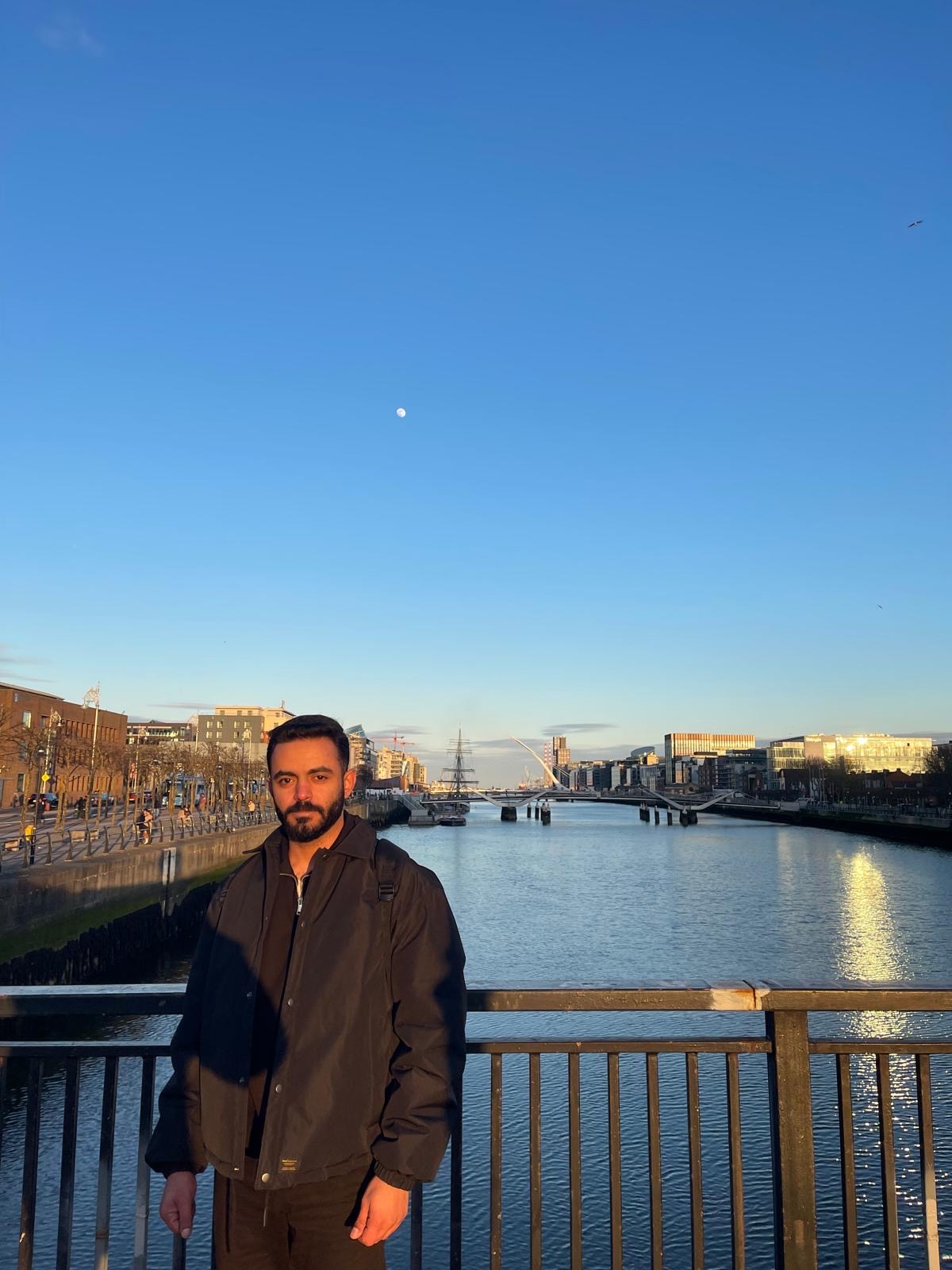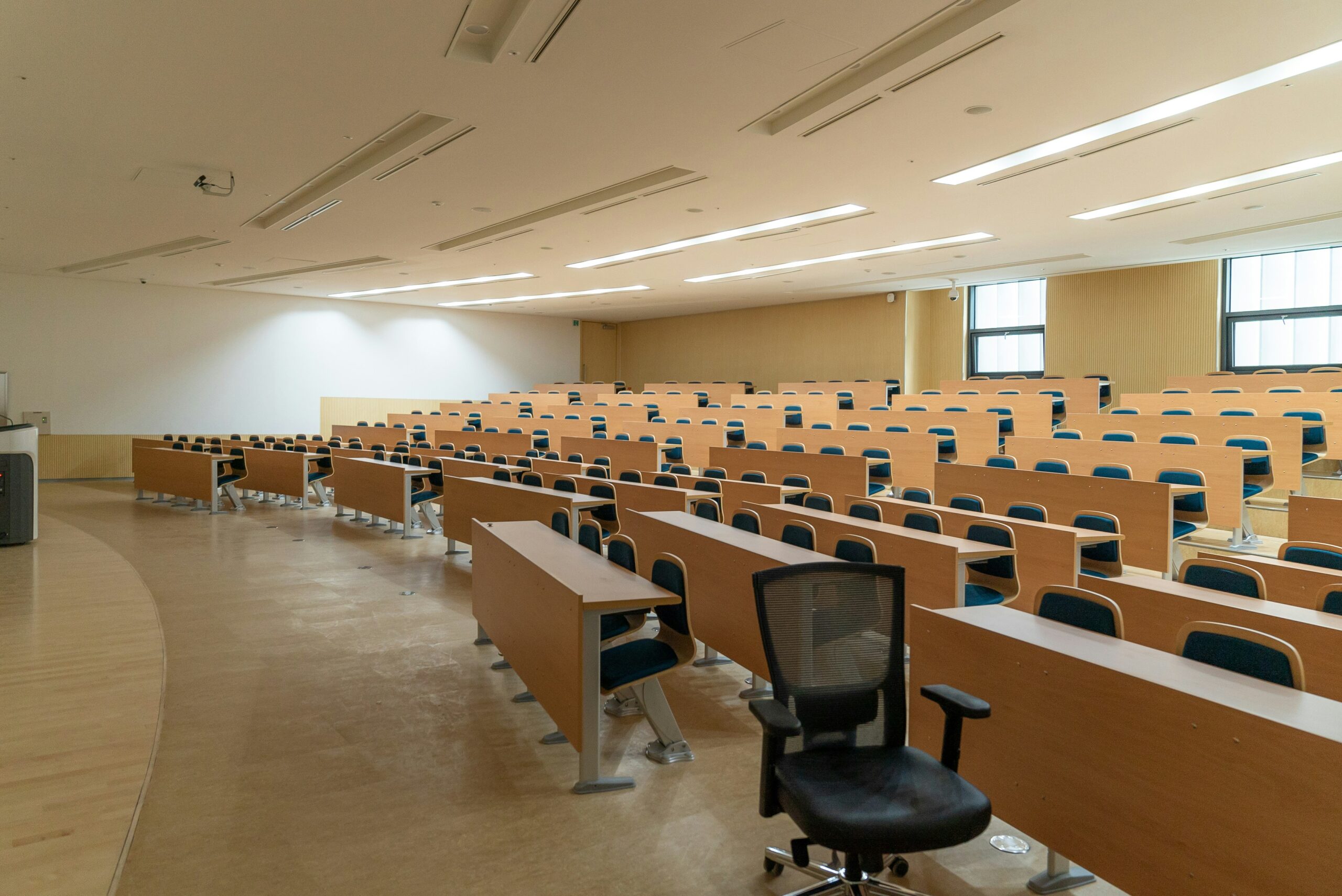
Working almost exclusively within a restricted vernacular of blocky stripes and panels, the abstract art of Irish-born artist Sean Scully continues to evoke an intense response. The Land/The Line is comprised of seven major works from Scully’s Landline series, painted between 2015 and 2017. The artist intends the works to represent “the elemental coming-together of land and sea … stacked horizon lines endlessly beginning and ending”.
The works will occupy the entire space of Dublin’s Kerlin gallery from October 5th to November 17th. Scully was born in Dublin and raised in South London. However, it was his move to New York in the late 1970s and an exposure to abstract expressionism that invigorated his work, gaining him international recognition and appraisal as an abstract artist.
His large-scale pieces form part of the permanent collections in a number of museums and national galleries, including the Metropolitan Museum of Art in New York and the Tate in London. Eight paintings donated by the artist himself permanently reside in the Sean Sully Gallery of the Hugh Lane. Scully has been shortlisted for the Turner Prize on two occasions, and he was awarded International Artist of the Year by Harper’s Bazaar Art China in 2015.
The Land/The Line represents various landscapes and reveals a number of influences relating to the earth’s surface and their connection with the sea and sky. Each painting, “rooted in a sense of place”, is vast in scale and manifests its own unique force. Painted with harsh, expressive brushstrokes, this selection from the Landline series asserts authority over the silent space of the Kerlin gallery. The colour palette of the selection is based mainly around various shades of blues, black and greys, with the occasional streak of red and orange. Particularly colourful (in a literal sense of the word), are “Landline Strand” (2017), with its brilliant yellow tones, and “Landline Azure” (2017). Five of the works are painted with oil on canvas while two are painted on aluminium. The contrast between these two aluminium-based paintings and the works on canvas is overt. The artist claims that metal, a hard “unsentimental” surface, acts as a “corrective to the potentially deep romanticism of the landscape image”.
Romantic, in the conventional sense of the word, these paintings certainly are not. Scully, identified as a “forceful, physical artist”, paints with tremendous vigour. His paintings occupy and internalise monumental spaces. The almost violent application of oil paint and thick layers of dark colour emulate the density of earth and smogginess of fog. Scully makes no effort to execute clean lines or clear separation of the irregularly measured stripes of colour. The horizontal lines abrasively combine with each other, with an unsubtle overlap of blues and grey. In “Landline Burgundy” (2017), the bottom layer of dark blue reveals itself beneath the red and fleshy tones at the surface. Where the burgundy and blue collide at the bottom section of the work, a sharp line of bright orange shines through like a beam of light.
Scully’s artwork is confrontational, and these works are no exception. This selection from the Landline series encompasses the interaction of earth elements, directly engaging the viewer in this exchange. In each work, the three elements of the land, sea, and sky combine painterly harshness with great visual sensitivity. In spite of their menacing scale and austere colour palette, there is something intensely intuitive and intimate about each work. One of the pieces articulated on aluminium – “Untitled” (Landline) (2015) – occupies an entire wall of the gallery. A thick strip of grey indicates a dense band of smoke dominating the panel, yet results in a delicately balanced composition in relation to the colours above and below it. It seems that the Landline series distinguishes the three elements of earth, sea and sky from each other, while simultaneously unifying them. It is perhaps Scully’s ability to transform the personal to the universal through the idiom of gestural abstraction that makes this collection so memorable.






